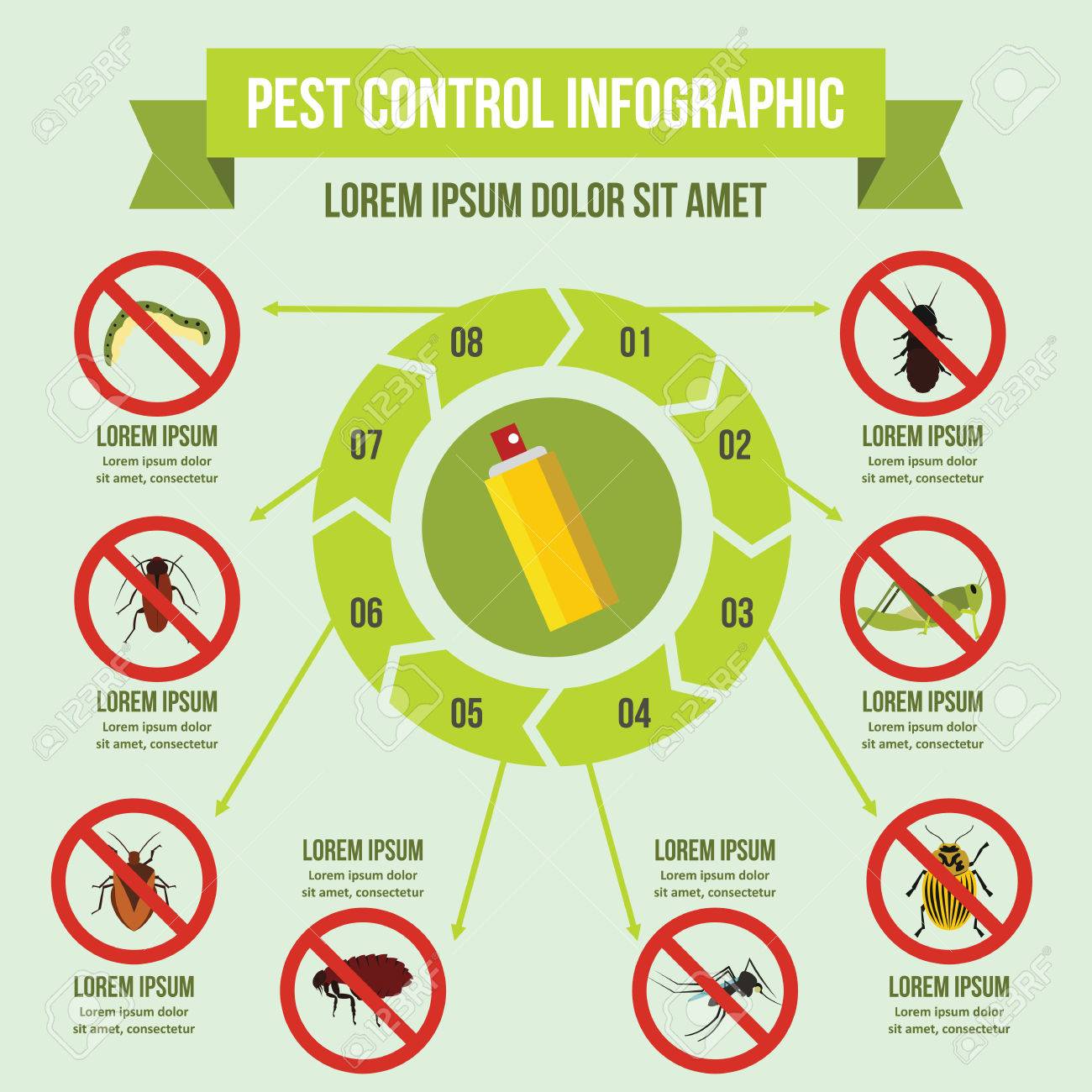Picture your attic room as a comfy Airbnb for rats, with insulation as fluffy as hotel cushions and wiring extra tempting than space service. Now, picture these unwanted guests tossing a wild event in your house while you're away. As a homeowner, guaranteeing your attic is rodent-proof is not practically satisfaction; it's about protecting your residential or commercial property and enjoyed ones. So, what basic actions can you take to safeguard your refuge from these furry burglars?
Examine for Entrance Points
To begin rodent-proofing your attic room, evaluate for entry factors. Begin by very carefully analyzing the exterior of your home, searching for any kind of openings that rats might use to get to your attic room. Check for gaps around energy lines, vents, and pipes, as well as any kind of fractures or holes in the structure or home siding. Make sure to pay attention to areas where various structure materials meet, as these are common entrance factors for rats.
Additionally, inspect the roof covering for any kind of harmed or missing out on roof shingles, in addition to any voids around the sides where rats could press through. Inside the attic room, search for indicators of existing rodent activity such as droppings, chewed cords, or nesting materials. Make use of a flashlight to thoroughly check dark edges and covert areas.
Seal Cracks and Gaps
Check your attic room extensively for any kind of cracks and spaces that need to be sealed to prevent rats from getting in. Rats can press via also the tiniest openings, so it's important to seal any kind of prospective access points. Check around pipes, vents, cords, and where the walls fulfill the roofing. Use pest control jackson tn of steel wool and caulking to seal these openings efficiently. Steel wool is a superb deterrent as rodents can not chew with it. please click the next document that all voids are snugly secured to reject access to undesirable bugs.
Don't neglect the value of sealing voids around windows and doors also. Usage weather stripping or door sweeps to secure these areas effectively. Check the areas where utility lines get in the attic room and seal them off making use of an ideal sealer. By making the effort to seal all splits and gaps in your attic, you develop an obstacle that rats will locate challenging to breach. Prevention is key in rodent-proofing your attic, so be detailed in your initiatives to seal any possible entrance factors.
Remove Food Sources
Take positive measures to get rid of or keep all potential food sources in your attic to prevent rodents from infesting the area. Rodents are attracted to food, so removing their food resources is vital in keeping them out of your attic room.
Here's what you can do:
1. ** Store food securely **: Prevent leaving any kind of food products in the attic room. Shop all food in closed containers made from metal or heavy-duty plastic to prevent rats from accessing them.
2. ** Clean up debris **: Eliminate any type of stacks of particles, such as old newspapers, cardboard boxes, or timber scraps, that rats could use as nesting product or food sources. Keep the attic clutter-free to make it much less enticing to rodents.
3. ** Dispose of garbage correctly **: If you use your attic for storage and have garbage or waste up there, see to it to get rid of it frequently and correctly. Rotting garbage can bring in rodents, so keep the attic tidy and free of any kind of organic waste.
Final thought
In conclusion, keep in mind that an ounce of avoidance deserves a pound of cure when it comes to rodent-proofing your attic room.
By making the effort to inspect for entry points, seal splits and spaces, and get rid of food sources, you can maintain unwanted parasites away.
Keep in mind, 'An ounce of avoidance is worth a pound of treatment' - Benjamin Franklin.
Stay proactive and protect your home from rodent problems.
